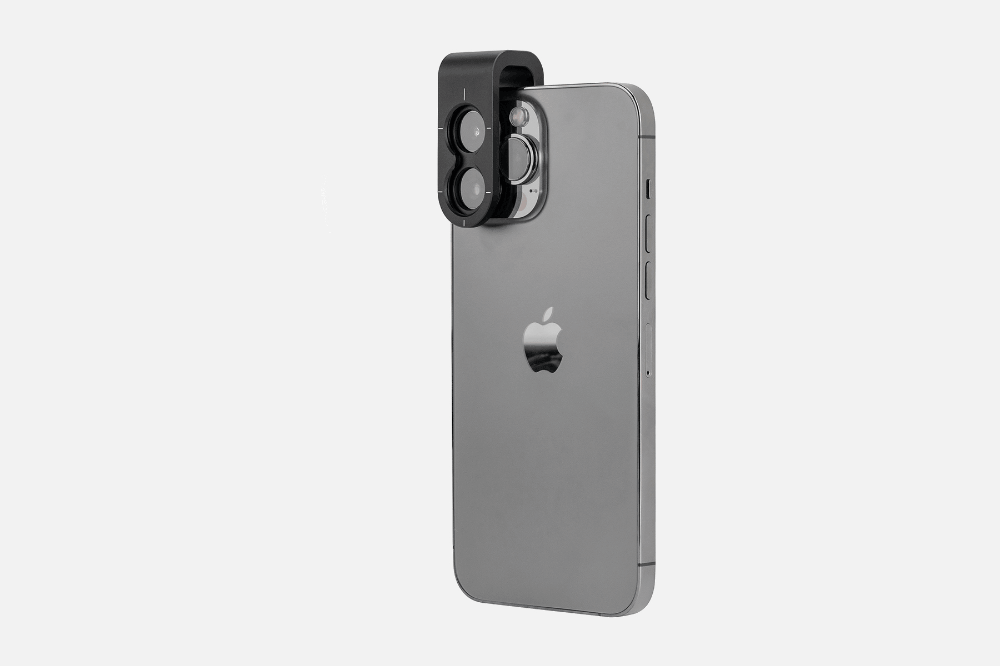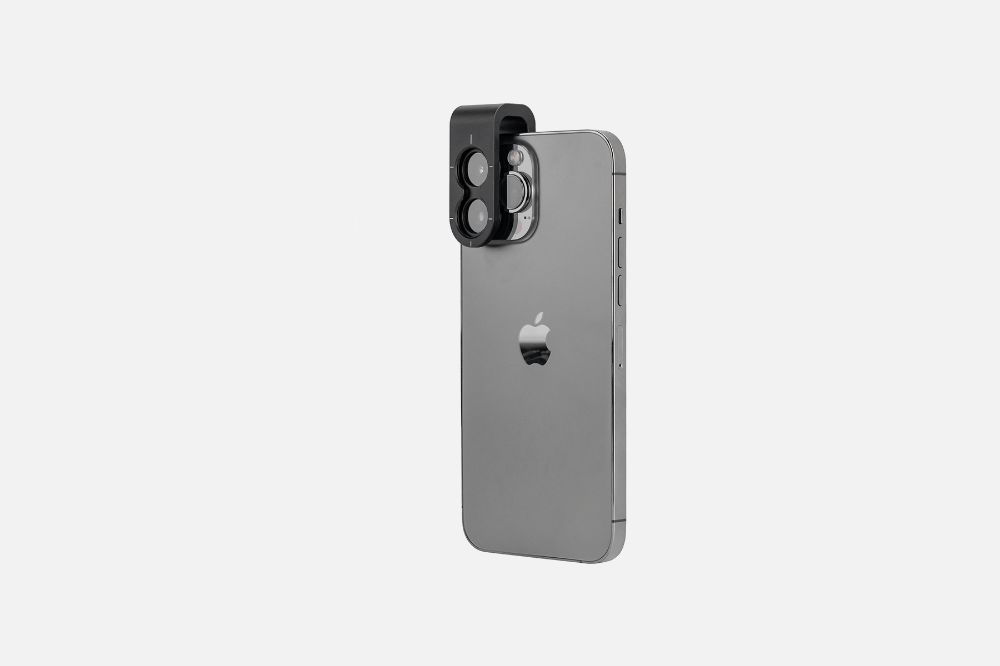Polarized & 365nm UV LED DE-3100 PRO Dermatoscope
Polarized & 365nm UV LED DE-3100 PRO Dermatoscope
- 10 x Magnification
- 32mm wide field of view (Aperture)
- Polarized, non-polarized, and 365nm UV light illumination
- Detachable protective glass
- Automatic shutdown
- Included adapter fits all phone
- Bright LED illumination lights
- All-metal housing
|
Material |
Optical & Aluminum |
|
Optical Design |
All glass, 4 elements, 3 groups |
|
Lens Diameter |
32mm |
|
Magnification |
10X |
|
Distortion |
8% |
|
Resolution |
300 LP/MM (Axis) 250 LP/MM (Edges) |
|
Polarization |
Cross Polarized |
|
Ultraviolet Warelength |
365nm UV |
|
Battery Capacity |
1000mAh Lithium ion |
|
Charge |
USB-C |
|
Close Focus |
30mm |
|
Dimensions |
Φ55mm*H50mm*L195mm |
|
Weight |
325g |
$599.00
-
In Stock
-
Arrive in 5-7 days
-
Free Shipping Worldwide $59+
-
2 Years Warranty
What Makes it Unique
It’s a handheld dermatoscope, but it contains a universal phone adapter meaning convenient to connect with any smartphone or tablet to capture images. Build with 4K resolution optics, 10X magnification and 30mm wide field of view — the DE-3100 is perhaps the most super value dermatoscope we’ve ever seen.
How Does it Compare
There’s an influx of dermatoscope on the market. Our devices are remarkable blend of pro-level features and affordable price. Their premium optics and efficient LED system delivers sharp & precise images.
Shot on Spot
Learn More
Medical Dermatoscopes
As a dermatologic diagnostic tool, dermoscopy is mainly used in dermatology to examine skin diseases, and can observe minute skin changes that are not detectable by the naked eye, helping…
Melanoma under Dermoscopy
Under dermoscopy, malignant melanoma can often be characterized by atypical pigment networks, irregular dot-ball shapes, and a bluish-white veil. For a clear view, the physician needs to clean the patient’s…
Dermatoscopes for Sale
As a non-invasive diagnostic tool, handheld dermatoscopes typically offer a magnification of around 10 times. Dermatoscopes are commonly equipped with built-in light sources to ensure adequate and even illumination during…
REVIEWS
Only logged in customers who have purchased this product may leave a review.














































1 review for DE-3100 PRO Dermatoscope
There are no reviews yet.